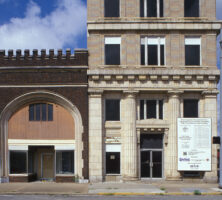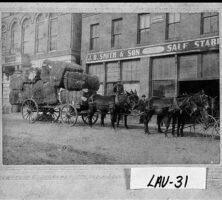Dublin, the seat of Laurens County in central Georgia, was incorporated by an act of the state legislature on December 9, 1812. Jonathan Sawyer, a merchant and the first postmaster of Dublin, named the town in honor of his wife’s ancestral home of Dublin, Ireland. The town nearly faded into obscurity, while the plantations across the northern half of the county thrived. The city was reincorporated in 1893 under its present system of government.
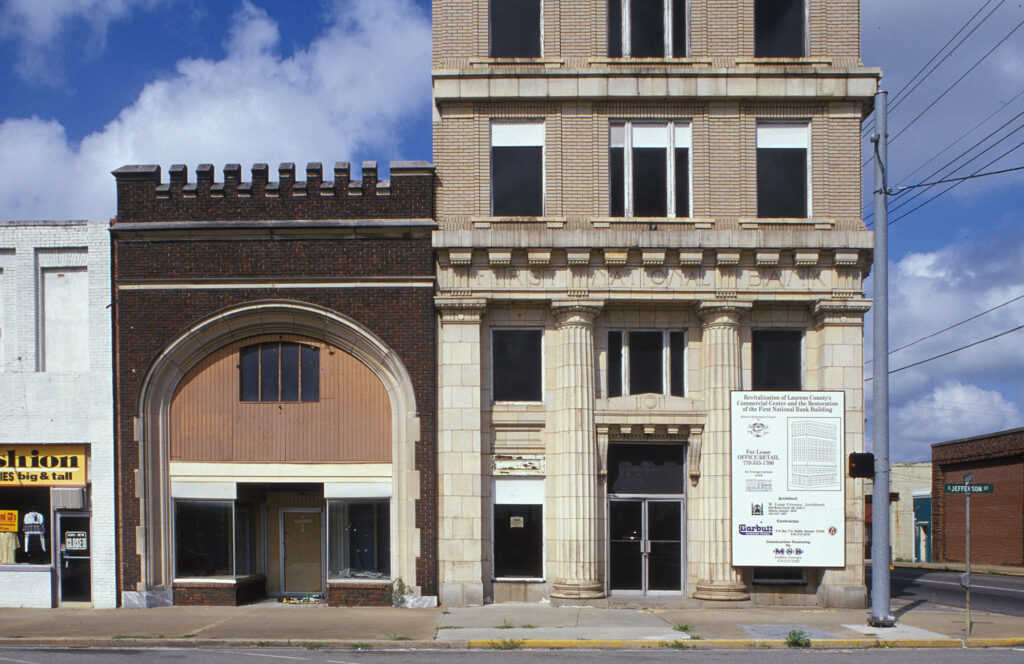
Courtesy of Historic Preservation Division, Georgia Department of Community Affairs.
Dublin, located near the upper end of the navigable portion of the Oconee River, was a fairly important inland river port in the years following the Civil War. The lawlessness of uncontrolled liquor consumption and the lack of a bridge over the river or any rail facilities stifled the development of the city. The completion of the Wrightsville and Tennille Railroad in 1886, followed by its acquisition of the Oconee and Western Railroad and the construction of the first permanent river bridge, propelled the struggling hamlet into a period of sustained rapid growth that did not cease until World War I (1917-18). Dublin’s boosters claimed their city was “the only city in Georgia that’s doublin’ all the time.”
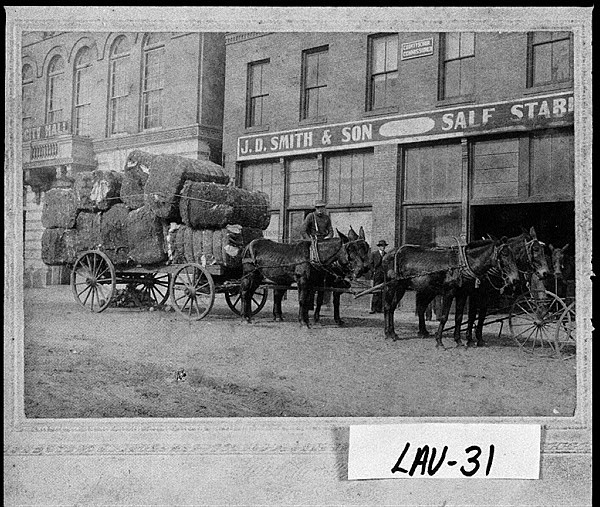
Courtesy of Georgia Archives.
By 1910 Dublin had become one of the largest cities in Georgia, partly because of its central location as a trading center with five railroads running into the city. The Colored Methodist Episcopal Church (later Christian Methodist Episcopal Church) established the Harriet Holsey Industrial School for African American students in eastern Dublin in 1909. In 1913 the First National Bank of Dublin erected its six-story building, the tallest between Macon and Savannah. The Dublin Guards, established in 1890, were designated Company A of the Georgia National Guard in 1919 and are credited with being the oldest National Guard unit in the Southeast.
The coming of the boll weevil in the years between the world wars nearly destroyed the cotton industry and, by extension, the economy of the city. During hard times, the citizens of Dublin turned to entertainment to escape their troubles. Major league teams played exhibition games on the local fairgrounds field. During World War II (1941-45), Dublin and Laurens County furnished many servicemen to the war effort. In 1943 the U.S. government established a camp on the old fairgrounds to house German and Italian prisoners of war, who worked on farms during the crop season. As a teenager Martin Luther King Jr. made his first public speech at the First African Baptist Church in Dublin in 1944 in a contest sponsored by the Black Elks Clubs. In 1945 the navy opened a hospital for the study of rheumatic fever and for long-term care for naval personnel. The hospital was later renamed in honor of Congressman Carl Vinson, who was responsible for the location of the hospital in Dublin.
During the 1950s Dublin experienced the beginning of a half-century of moderate and continuous growth. The city’s economy shifted from agricultural support to a mixture of industrial, medical, and professional sectors. Dublin’s baseball teams, the Green Sox and the Orioles, were leading teams in the Class D minor leagues. In 1958 the Orioles were led by player-manager Earl Weaver, who went on to manage in the major leagues and was inducted into the Baseball Hall of Fame. The construction of Interstate 16 just south of the city further strengthened the city’s economic growth.
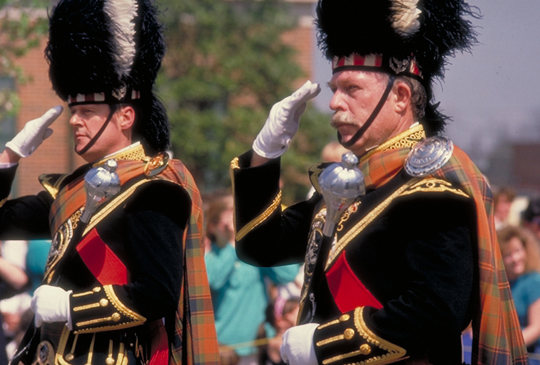
Courtesy of Georgia Department of Economic Development.
The St. Patrick’s Day Festival, established in 1966, is one of the longest-running festivals of Irish heritage in the world. The Dublin Center and Heart of Georgia Technical College (later Oconee Fall Line Technical College) were established to allow local students to obtain a postsecondary education without leaving home. In 2000 Dublin’s population was 15,857.







